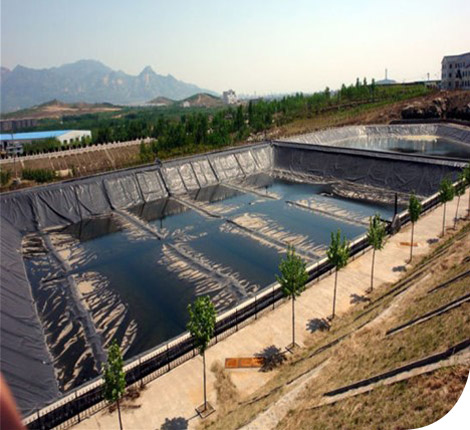
Containment composites are very low permeability synthetic membrane liners or barriers used with any geotechnical engineering related material so as to control fluid or gas migration in a man-made project, structure, or system. Containment composites are made from relatively thin continuous polymeric sheets electro-mechanically bonded with geotextiles one or both sides.
The geotextile is of nonwoven, needle-punched variety and is of relatively heavy weight. The geotextile provides increased resistance to puncture, tear propagation, and friction related to sliding, as well as providing tensile strength in and of themselves.
The use of geomembrane composite liners has increased over the years as traditional liners in construction industry. Whereas concrete, asphalt, as well as compacted clay soils, have proven ineffective in the prevention of fluid or gas migration into subsurface soils.
Copyright © 2025 www.apecindustries.com.
All rights reserved.
Social Media- X